In this article, I will demonstrate the use of Variational Inference to quantify the uncertainty in the weights of deep neural networks and make more informed predictions for a breast cancer classification dataset.
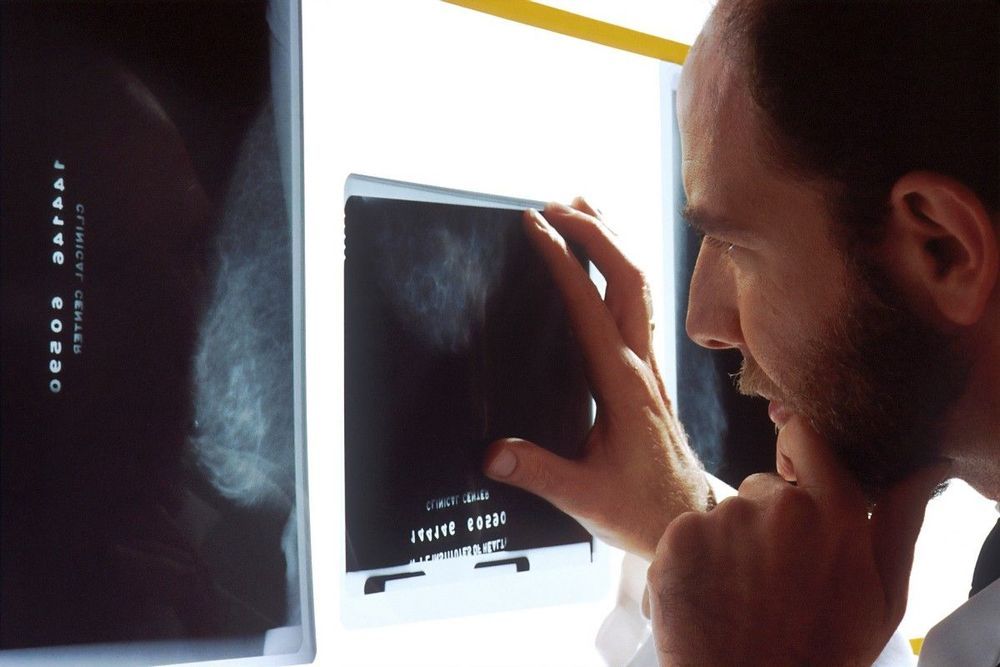

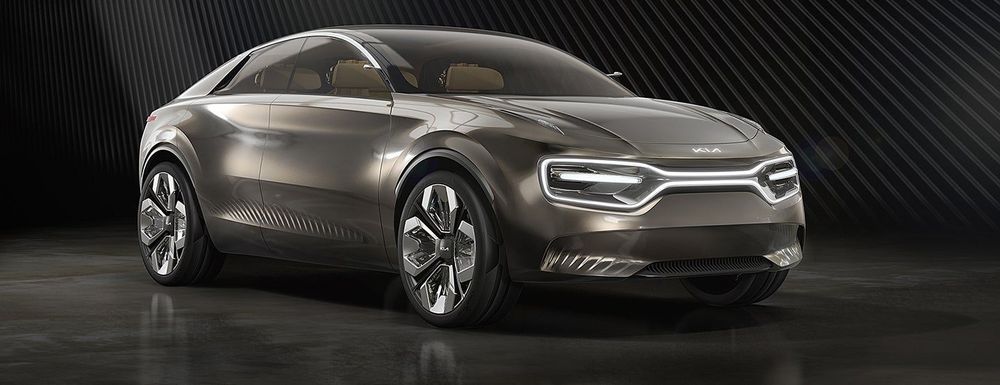
KIA and corporate cousin Hyundai build some efficient EVs that challenge industry leaders like Tesla. Yes, Elon an his minions are miles ahead in self-driving tech, but the Hyundai Kona EV and KIA Niro EV are world class cars that come close to meeting Elon’s plea to other manufacturers to build compelling electric cars.
The problem is, KIA and Hyundai don’t have a dedicated battery electric platform. Both the Kona and Niro share their underpinnings with hybrid and plug-in hybrid models. A pure battery electric car may be coming soon from KIA, however. Recently, Hyundai said it is planning to bring two new all electric models — the 45 Concept and the Prophesy Concept — to market this year and next. Both will be built on the company’s new Electric Global Modular Platform known internally as E-GMP.
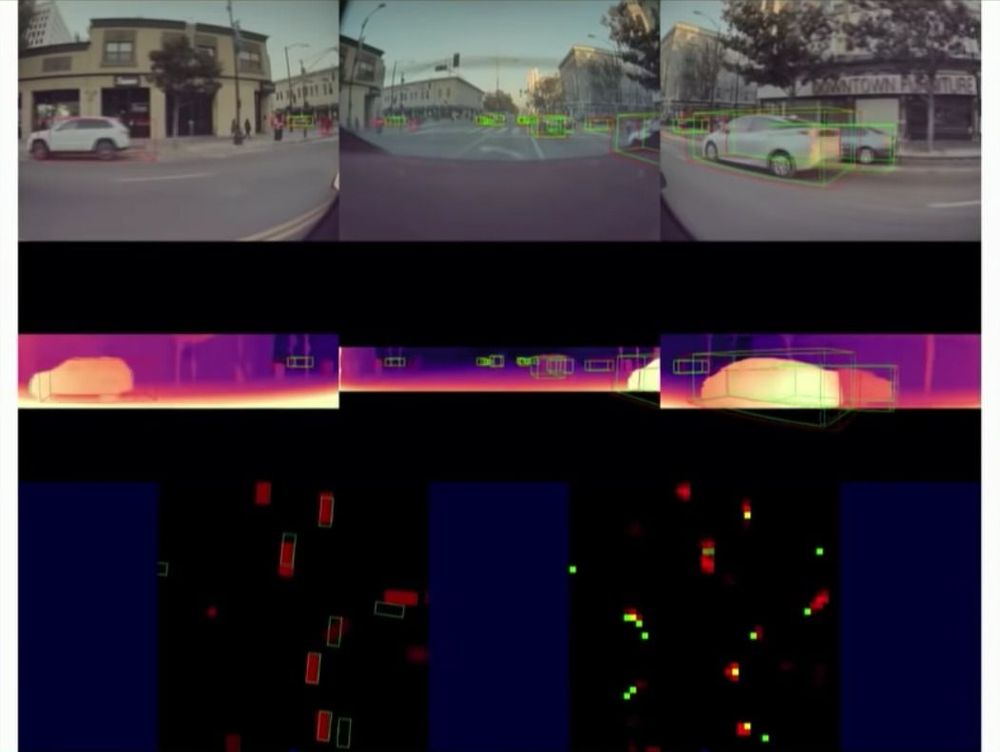
Tesla’s progress with artificial intelligence and neural nets has propelled its Autopilot and Full Self Driving solutions to the front of the pack. This is the result of the brilliant work of a large team of Autopilot directors and staff, including Tesla’s Senior Director of AI, Andrej Karpathy. Karpathy presented Tesla’s methods for training its AI at the Scaled ML Conference in February. Along the way, he shared specific insights into Tesla’s methods for achieving the accuracy of traditional laser-based lidar with just a handful of cameras.
The secret sauce in Tesla’s ever-evolving solution is not the cameras themselves, but rather the advanced processing and neural nets they have built to make sense of the wide range and quality of inputs. One new technique Tesla’s AI team has built is called pseudo-lidar. It blends the lines between traditional computer vision and the powerful point map world of lidar.
Traditional lidar-based systems rely on an array of lidar hardware to provide an unparalleled view of the world around the vehicle. These systems leverage invisible lasers or similar tech to send a massive number of pings out into the world to detect surrounding objects.
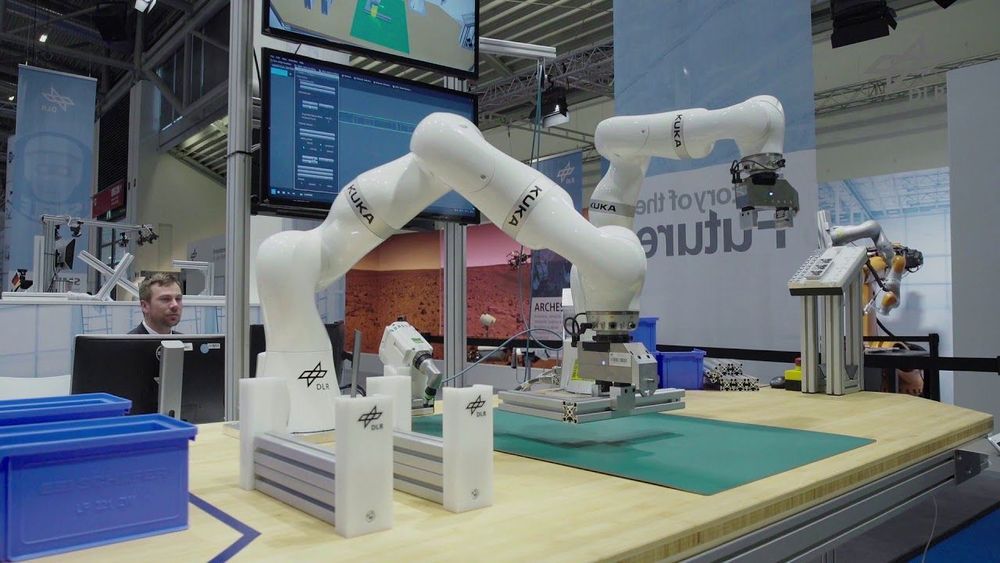
Robots could soon assist humans in a variety of fields, including in manufacturing and industrial settings. A robotic system that can automatically assemble customized products may be particularly desirable for manufacturers, as it could significantly decrease the time and effort necessary to produce a variety of products.
To work most effectively, such a robot should integrate an assembly planner, a component that plans the sequence of movements and actions that a robot should perform to manufacture a specific product. Developing an assembly planner that can rapidly plan the sequences of movements necessary to produce different customized products, however, has so far proved to be highly challenging.
Researchers at the German Aerospace Center (DLR) have recently developed an algorithm that can transfer knowledge acquired by a robot while assembling products in the past to the assembly of new items. This algorithm, presented in a paper published in IEEE Robotics and Automation Letters, can ultimately reduce the amount of time required by an assembly planner to come up with action sequences for the manufacturing of new customized products.
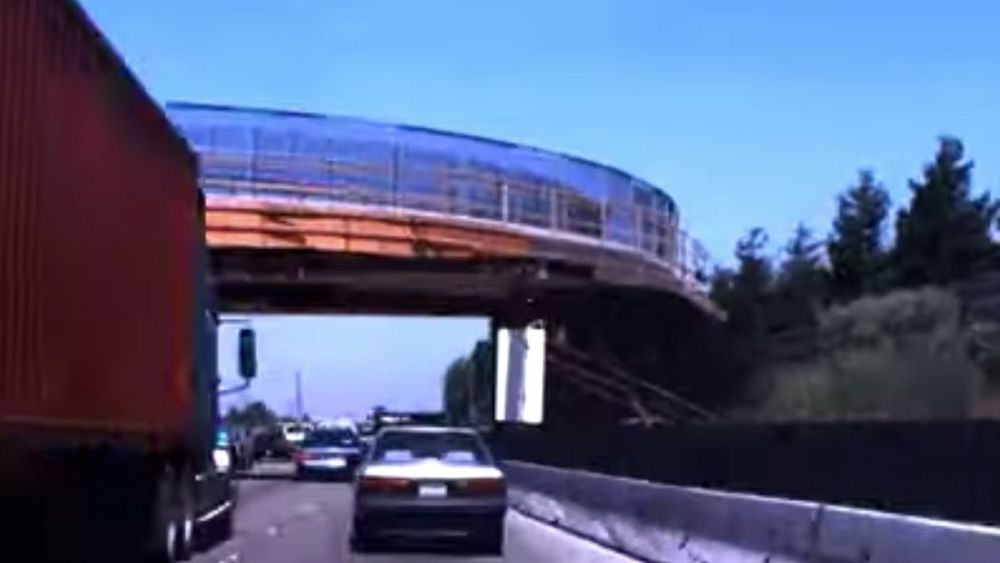
Google announced in late 2010 that for the past year, Californian drivers had been sharing the road with a secret self-driving car project. Many years and one death at the hands of rival Uber later, we can finally see 2009’s testing footage.
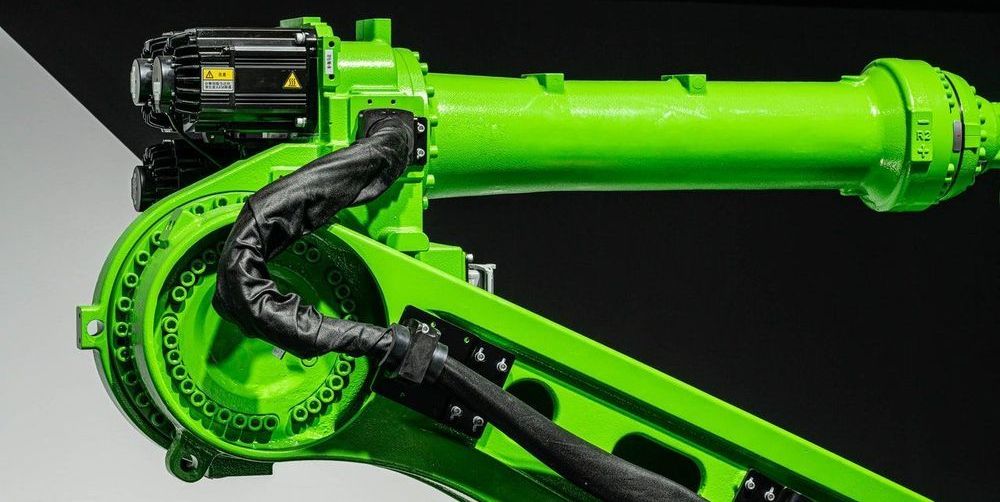
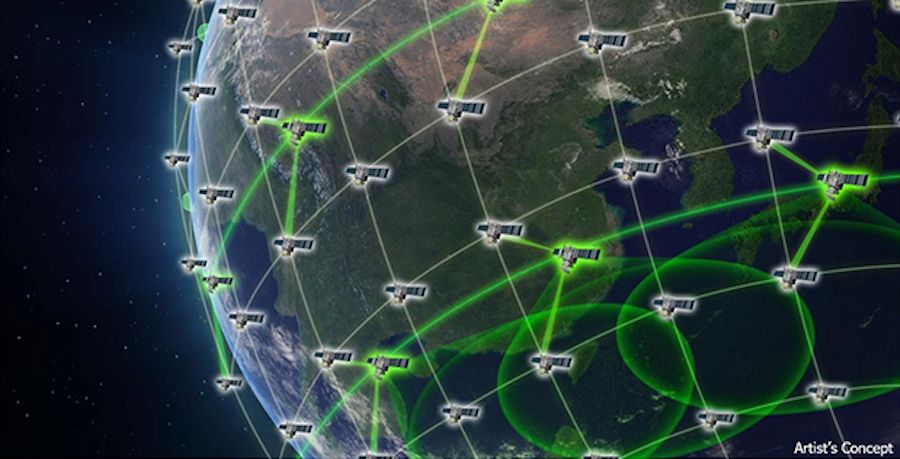
WASHINGTON — The Defense Advanced Research Projects Agency awarded Lockheed Martin a $5.8 million contract for satellite integration work for the Blackjack program, the company announced April 24.
Blackjack is a project to deploy a constellation of 20 satellites in low Earth orbit by 2022 and demonstrate that a LEO system can provide global high-speed communications.
Lockheed Martin will define and manage interfaces between Blackjack’s satellite buses, payloads and the so-called Pit Boss autonomous data processor. The work will be performed at the company’s satellite manufacturing plant in Sunnyvale, California.
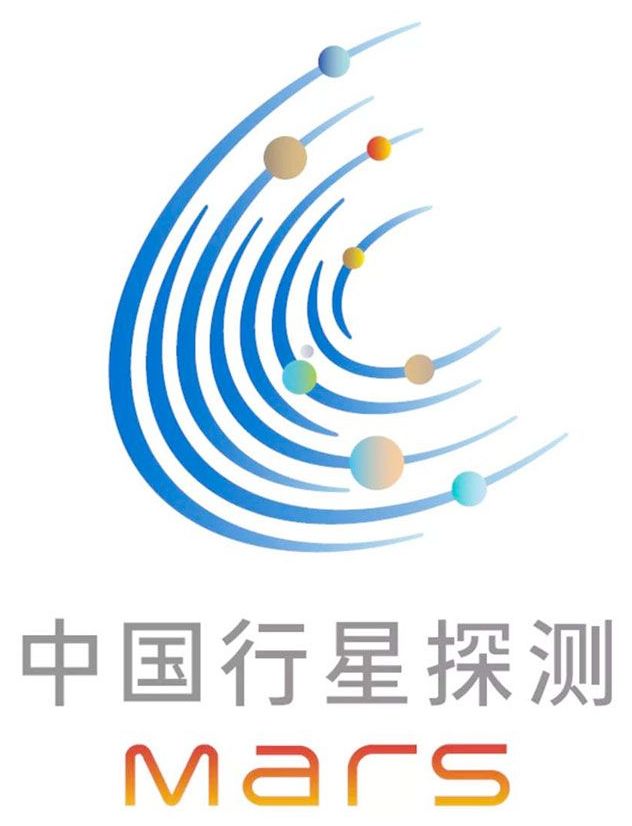
— China revealed the name and logo for its first mission aimed at landing on the planet Mars to mark the 50th anniversary of its first satellite launch.
Celebrating the country’s Space Day on Friday (April 24), the China National Space Administration (CNSA) announced that its upcoming robotic mission to the Red Planet will be named “Tianwen-1.” The name, borrowed from an ancient Chinese verse by poet Qu Yuan, translates to “questions about the heavens.”
“In ‘Tianwen,’ Qu Yuan raised a series of questions in verse involving the sky, stars, natural phenomena, myths and the real world, showing his doubts about some traditional concepts and the spirit of seeking the truth,” reported the state-run Chinese news service Xinhua.
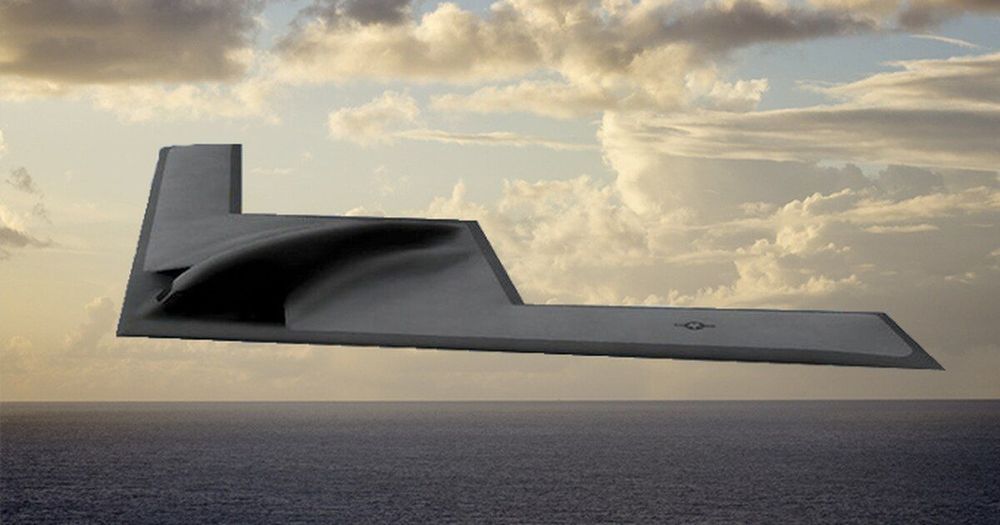
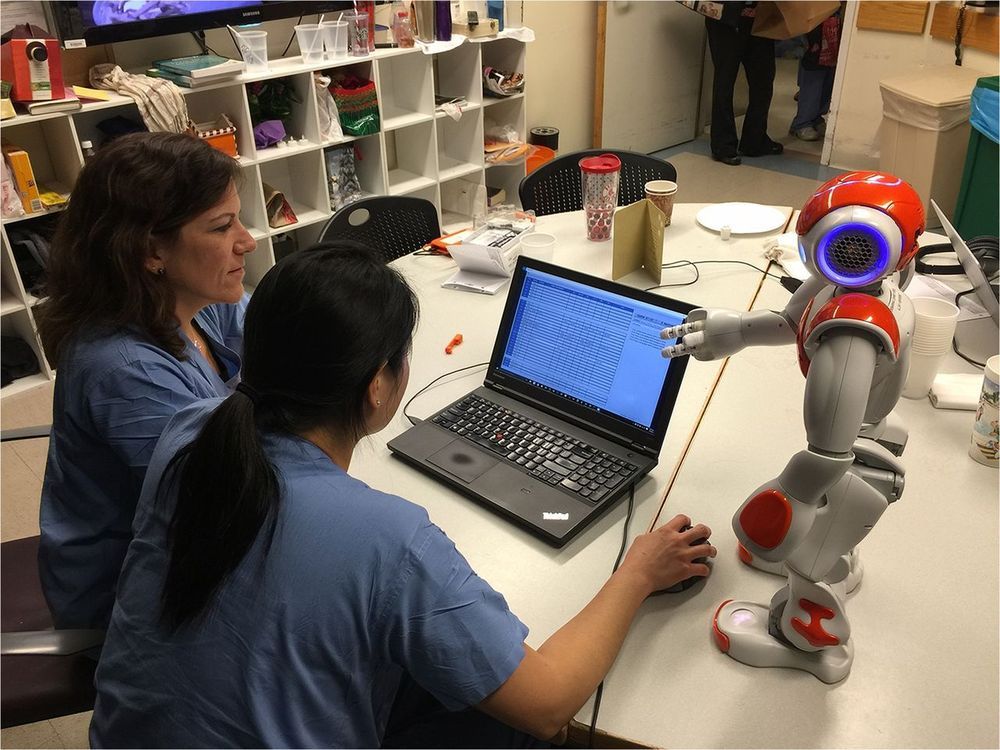
In every hospital labor and delivery department, a resource nurse decides which patients go to which room, which nurses care for which patients, and much more. “It’s a lot to keep in your head,” says Kristen Jerrier, a resource nurse in the labor and delivery department at Beth Israel Deaconess Medical Center in Boston.